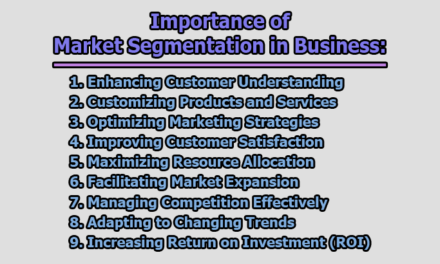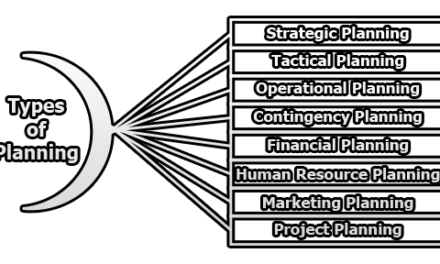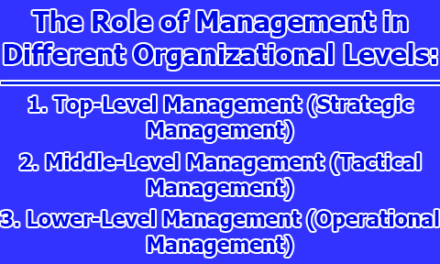Marketing Factors that Influence Students’ Admission Decisions In Higher Education:
In the competitive landscape of higher education, institutions are increasingly recognizing the significance of marketing strategies in shaping the decisions of prospective students. The intersection of education and marketing has become a crucial aspect of attracting and retaining students. This article delves into the key marketing factors that influence students’ admission decisions in higher education.
1. Online Presence and Reputation: In the digital age, an institution’s online presence is often the initial touchpoint for prospective students. A well-crafted and informative website, coupled with active engagement on social media platforms, is crucial. Prospective students frequently turn to online resources to gauge an institution’s reputation, explore academic offerings, and understand the overall campus atmosphere. Universities that invest in maintaining an updated and user-friendly online presence are better positioned to make a positive first impression, influencing potential students to delve deeper into what the institution has to offer.
2. Brand Image and Identity: The brand image of a higher education institution goes beyond logos and slogans; it encompasses the institution’s values, mission, and unique characteristics. Prospective students seek alignment between their personal aspirations and the institution’s brand identity. An institution with a well-defined brand not only stands out in a crowded market but also establishes a connection with students who resonate with its ethos. The brand identity becomes a guiding beacon for students, helping them identify whether the institution aligns with their academic and personal goals.
3. Targeted Advertising and Promotion: One-size-fits-all marketing strategies are becoming less effective in higher education. Targeted advertising and promotion involve tailoring campaigns to specific demographics, addressing the diverse needs and interests of prospective students. Understanding the unique challenges and aspirations of different student segments allows institutions to craft messages that resonate more deeply. Leveraging platforms such as social media, search engines, and niche publications ensures that the marketing message reaches the intended audience effectively, increasing the likelihood of capturing their attention and interest.
4. Quality of Academic Programs: The heart of any educational institution lies in its academic programs. Marketing efforts should not only highlight the diversity of programs but also emphasize their quality, relevance, and uniqueness. Prospective students are increasingly discerning consumers who seek assurance that their chosen institution will provide a solid foundation for their future careers. Institutions that effectively communicate the academic excellence, industry relevance, and distinctive features of their programs stand a better chance of attracting students who are not just looking for education but a transformative learning experience.
5. Facilities and Infrastructure: Visual appeal matters, especially when it comes to showcasing the facilities and infrastructure of an institution. Marketing materials, including brochures, virtual tours, and promotional videos, play a crucial role in shaping perceptions. Prospective students are drawn to modern, well-equipped campuses with state-of-the-art laboratories, libraries, and recreational spaces. By portraying these facilities through marketing, institutions create a tangible representation of the learning environment, influencing the decision-making process by providing a glimpse into the potential experiences and resources available to students.
6. Financial Aid and Scholarships: Financial considerations often weigh heavily on the minds of prospective students. Marketing strategies should be transparent and comprehensive in communicating the various financial aid options, scholarships, and assistance programs available. This information helps alleviate concerns about the cost of education and empowers students to make informed decisions. Institutions that actively promote their commitment to making education accessible through financial support are more likely to attract a diverse pool of students who may have otherwise been deterred by financial constraints.
7. Alumni Success Stories: One of the most compelling narratives a higher education institution can present is the success stories of its alumni. Marketing efforts should showcase the achievements of former students, emphasizing how their education at the institution contributed to their professional and personal growth. Alumni success stories provide tangible evidence of the institution’s impact on careers and demonstrate that graduates have not only acquired knowledge but have successfully applied it in the real world. This connection to real-world success can greatly influence the decision-making process for prospective students.
8. Community Engagement and Social Responsibility: Modern students often seek institutions that are not only dedicated to academic excellence but are also socially responsible and community-oriented. Marketing strategies should highlight the institution’s engagement in community service, sustainable practices, and partnerships that contribute to the greater good. Institutions actively involved in social responsibility initiatives resonate with socially conscious students, fostering a sense of shared values and purpose. This connection goes beyond academics, creating a holistic appeal that extends into the broader societal impact of the institution.
9. Admissions Events and Campus Visits: The tangible experience of being on campus is a powerful factor in influencing admission decisions. Hosting admissions events and encouraging campus visits allow prospective students to immerse themselves in the institution’s environment. Marketing these events effectively involves creating a sense of anticipation and excitement. Through engaging promotional materials and targeted outreach, institutions can ensure that potential students experience the campus atmosphere firsthand, facilitating a connection that goes beyond the virtual realm and significantly influences their decision-making process.
10. Feedback and Reviews: Public perception, often shaped by reviews and feedback, plays a pivotal role in influencing prospective students. Institutions should actively manage their online reputation by incorporating positive testimonials into marketing materials. Addressing concerns and providing transparent responses to feedback demonstrates a commitment to continuous improvement. By showcasing a positive and responsive approach to feedback, institutions can build credibility and trust, influencing the decision-making process of prospective students who rely on the experiences of others to gauge the institution’s overall quality and support.
In conclusion, the dynamic interplay between education and marketing in higher education necessitates a strategic and holistic approach. By understanding and leveraging these intricate marketing factors, institutions can enhance their appeal, establish a strong brand presence, and successfully influence admission decisions in an ever-evolving and competitive academic landscape.

Library Lecturer at Nurul Amin Degree College










